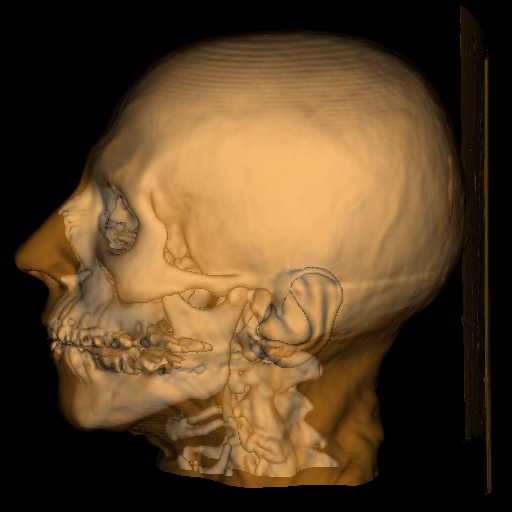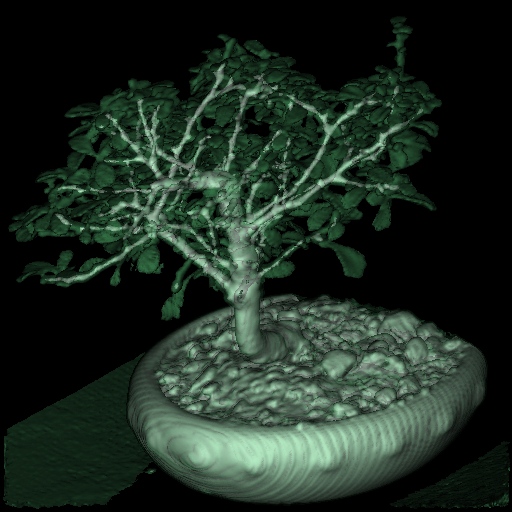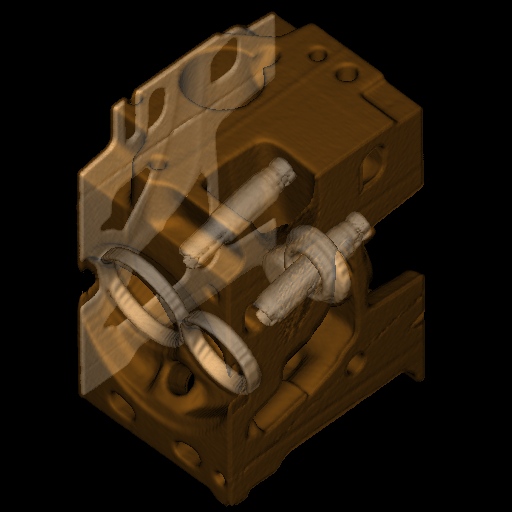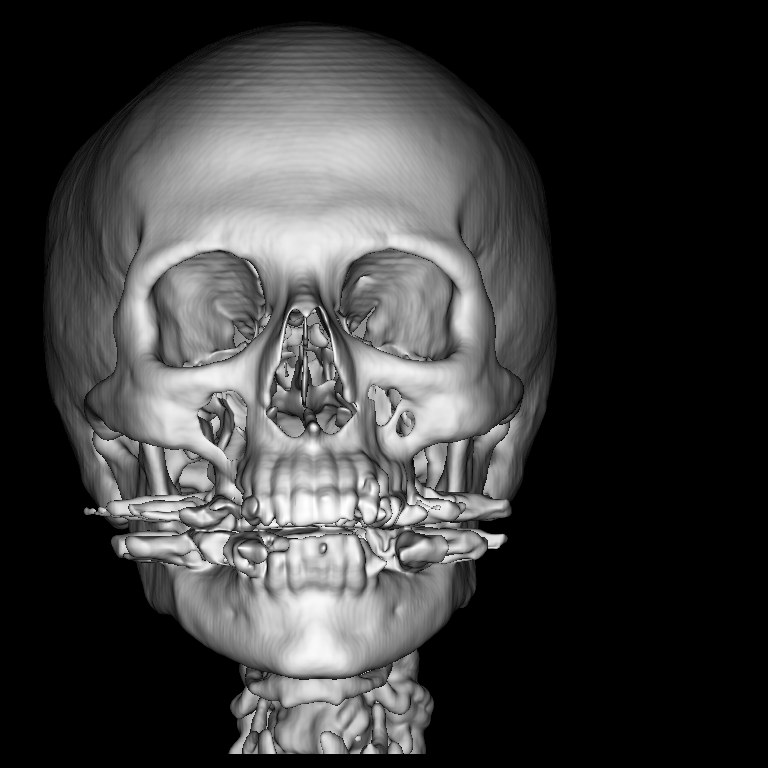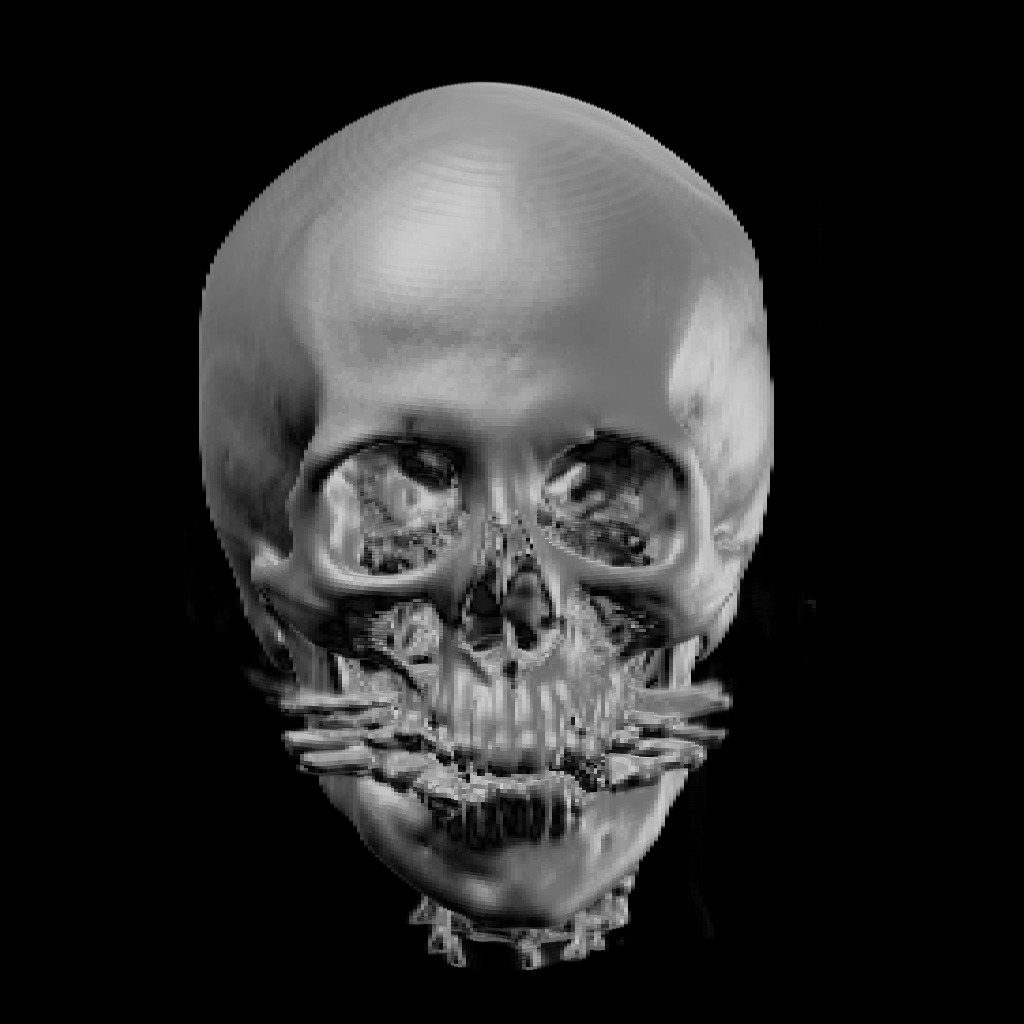Research
Visualization and Computer
Graphics on Isotropically Emissive Volumetric Displays
Our TVCG paper
discusses the pros and cons of emissive 3D displays like the perspecta display. This research explains and gives the right
rendering model that must be followed to display accurate graphics on those
devices. While it is demonstrated that no perfect rendering is possible with
such technology, the paper still show that realistic graphics and visualization
is still possible.
More can be
found about this work on the physics.org
website, or similar websites (1,2).


General Research on Ray Tracing
Some work have been done on extending algorithms for Ray-Tracing,
and studying complexity of some algorithms. Restricted BSP trees have been
demonstrated as an extension to regular Kd-Trees. Later
on, we demonstrated row-tracing, a mix between ray-tracing and rasterization, a new technique combining
advantages from both rasterization and ray-tracing.
Research and
knowledge of Ray-Tracing has been considerably extended further with the
support of EPSRC. This innovative work will be presented in due time.
Low Complexity Maximum Intensity Projection
A new way to
perform MIP renderings at 2-3 FPS, on a 512^3*12b dataset, with any Tranfer Function (LUT) and on current low-cost CPUs...
We first
demonstrate the fundamental result that MIP can be achieved with a O(n2)
average complexity. We also propose an implementation satisfying our
theoretical complexity analysis. Apart from the theoretical importance of this
result, the actual implementation is very efficient as well. The image here
below has been computed from a LUT using the full intensity range, and with a
sampling distance of 0.5. The rendering rate is greater than 1 fps on a 1.4 GHz
Athlon CPU.
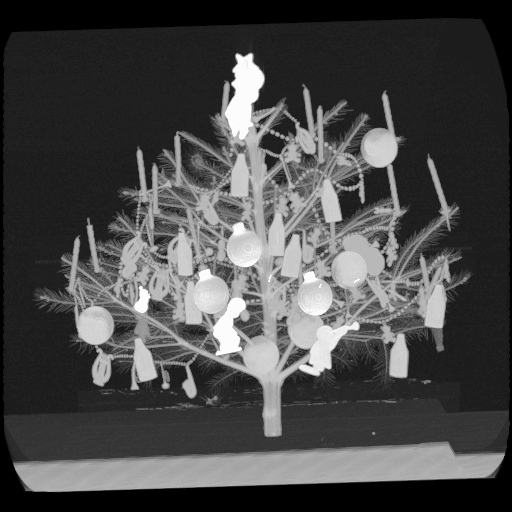
Xmastree1 (512^2*499) rendered at ~1 FPS
1. The CT-dataset XMasTree was
generated from a real world Christmas Tree by the
Department of Radiology,
Instant Volumetric Understanding
In this work, we tried to
propose better, but simple, rendering models for fast perception and
understanding of volumetric datasets. Also, we tried to show why optical models
are often not suitable to volume rendering, especially when a fast insight of
the volume is required.
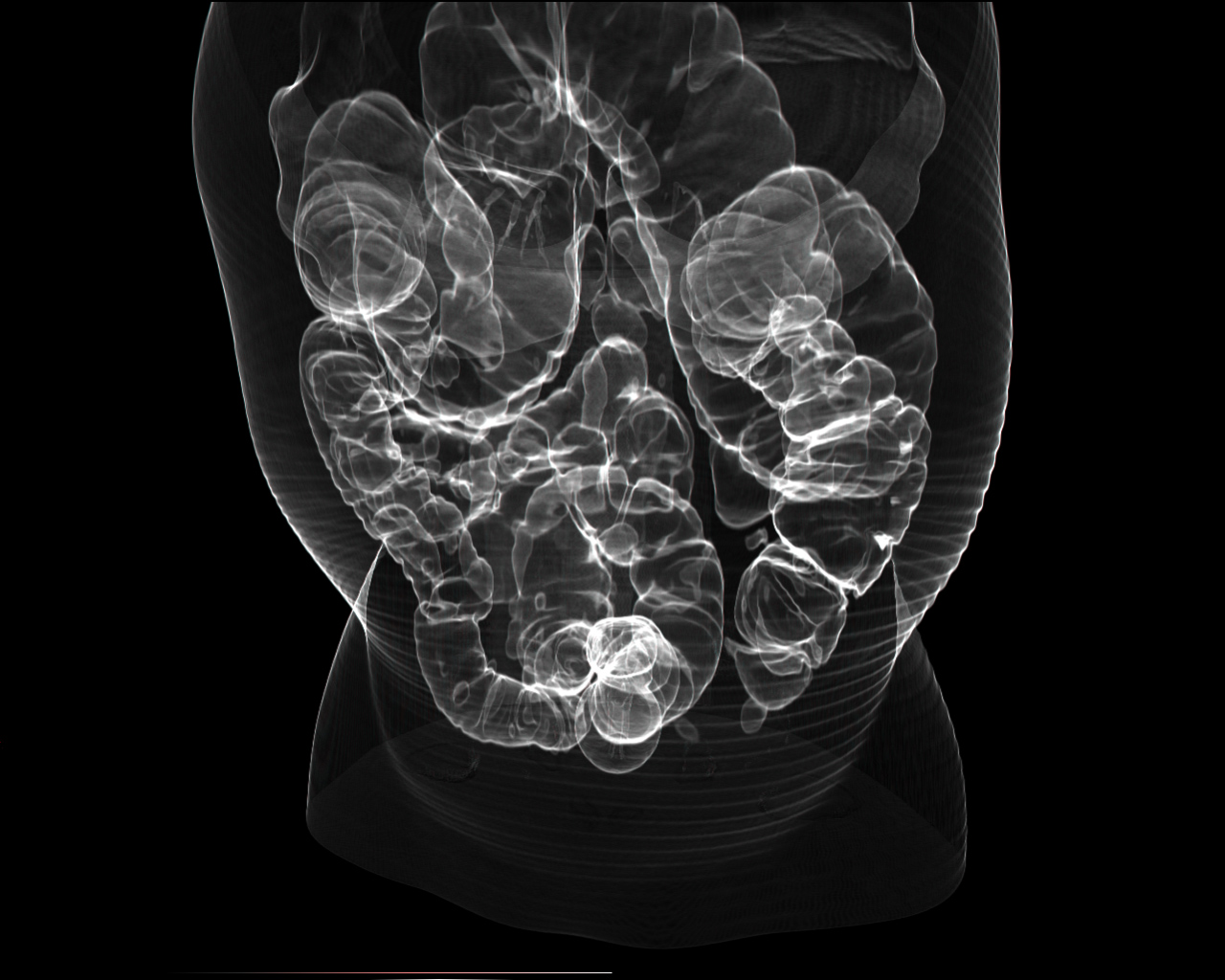
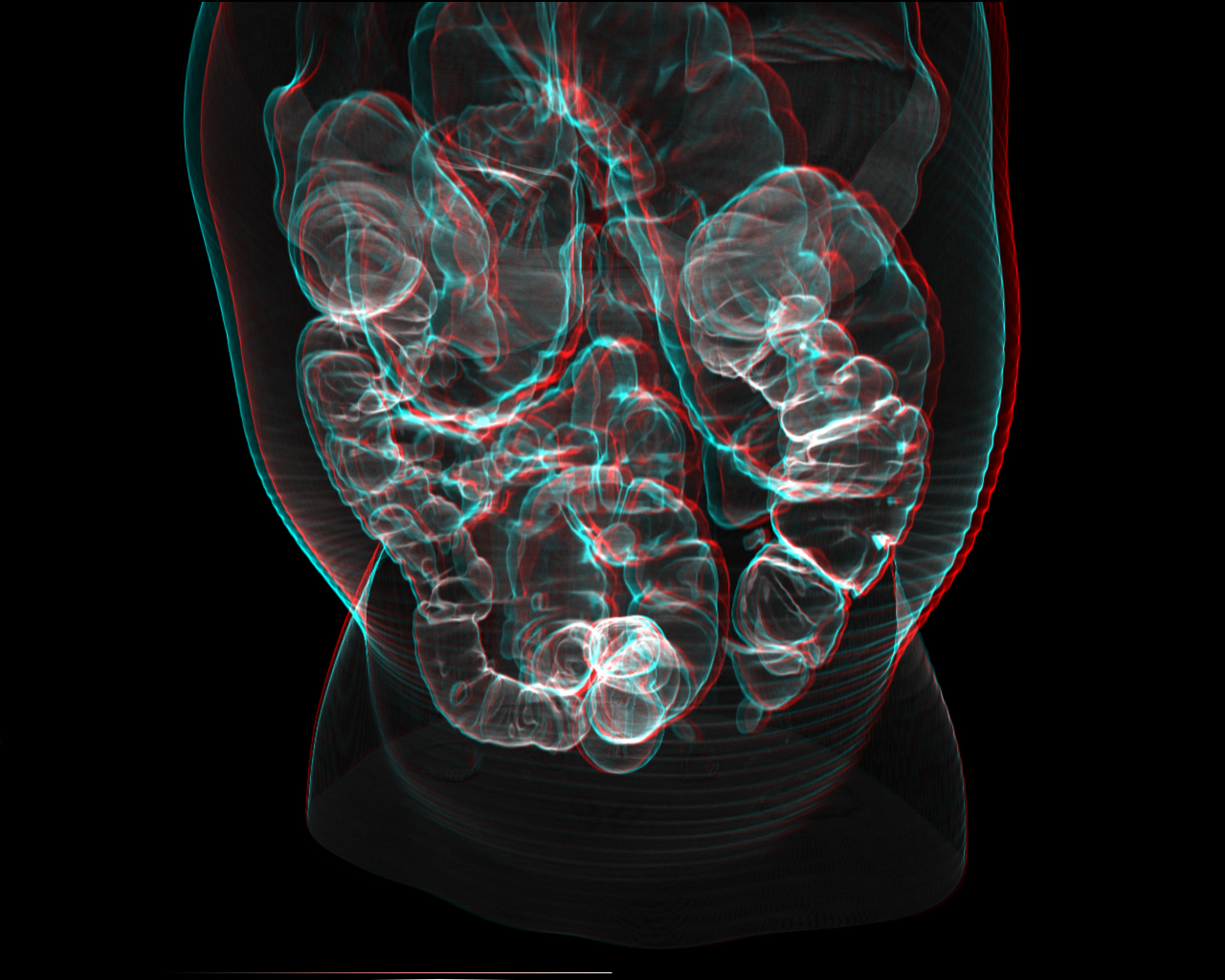
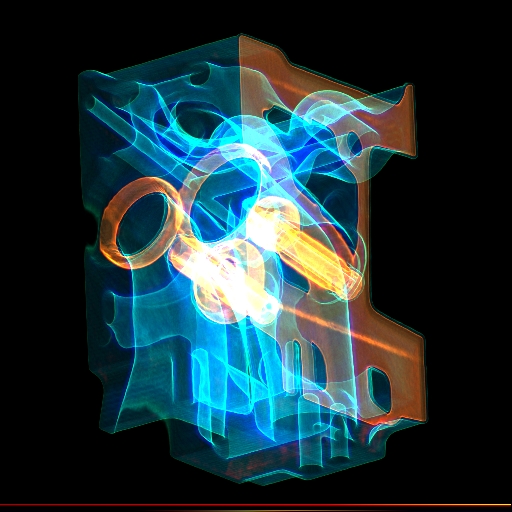
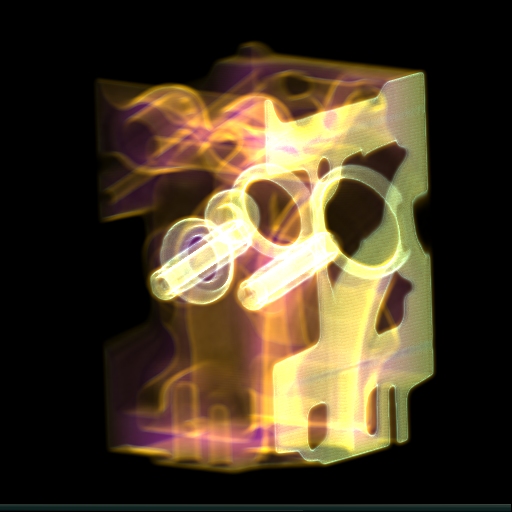
Fast Ray-Casting
Due to the
limitation of our previous technique (Parametric Isosurfaces)
on the visualization of isosurfaces, we have then
focused on a new way to compute ray-casting called object-order ray-casting
(published in IEEE Visualization 2002). Colors and
opacities are evenly sampled along the rays, but the algorithm works now in an
object-order way. This way, we manage to combine the advantages of ray-casting
with trilinear interpolation and the efficiency of
object-order methods. We have also developed a new hidden volume removal
technique that compensates the loss of early ray termination. The resulting
algorithm is probably one of the best volume rendering algorithms so far. It is
as fast as shear-warp and provides a very good accuracy.
Click the images for high resolution video (AVI intel indeo 5.1). Skull 6.5 MB, Engine 16.5 MB.
Parametric Isosurfaces
In EUROGRAPHICS
2001 and SMI 2002, we showed how to interactively visualize a high-quality
quadratic isosurface, which has a lot of advantages
when compared to other interpolation filters like the trilinear
or gaussian filters. This technique is well-suited
for the interactive visualization and modelisation of
implicit surfaces because no intermediate triangular mesh is needed.
Click the image for video (AVI intel indeo 5.1). 4.7MB.
Quantized Voxels
|
|
Quantized voxels (Volviz 2000) can be used inside as an efficient way to project voxels. Our first volume rendering algorithm was able to project (and also uniformly classify and shade) up to 4.5 millions cells per second or 1 million Gaussian splats on a Pentium II 450 Xeon. Those results were feasible with the use of an orthogonal projection. Some other publications on volume rendering use this principle. |
